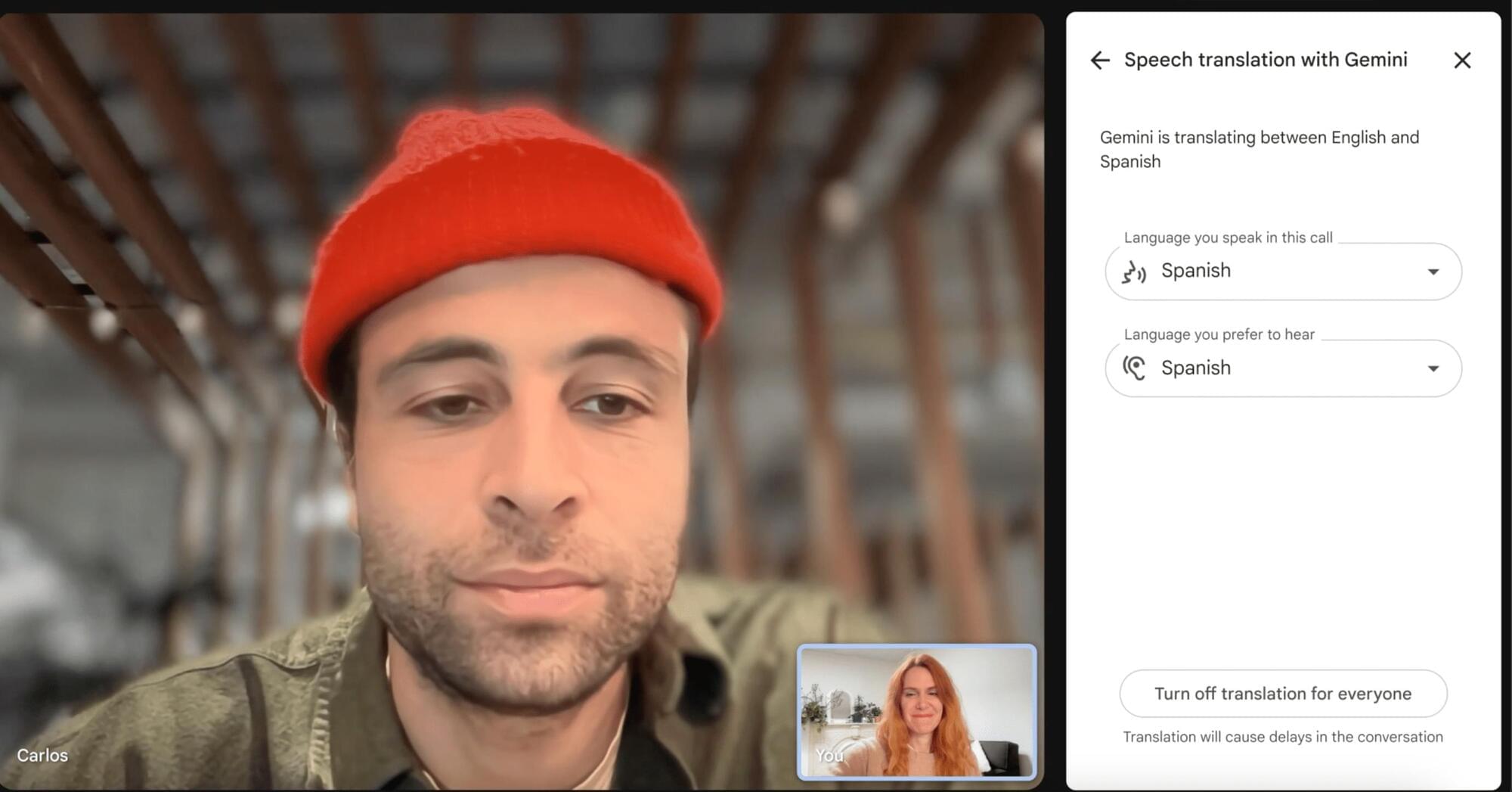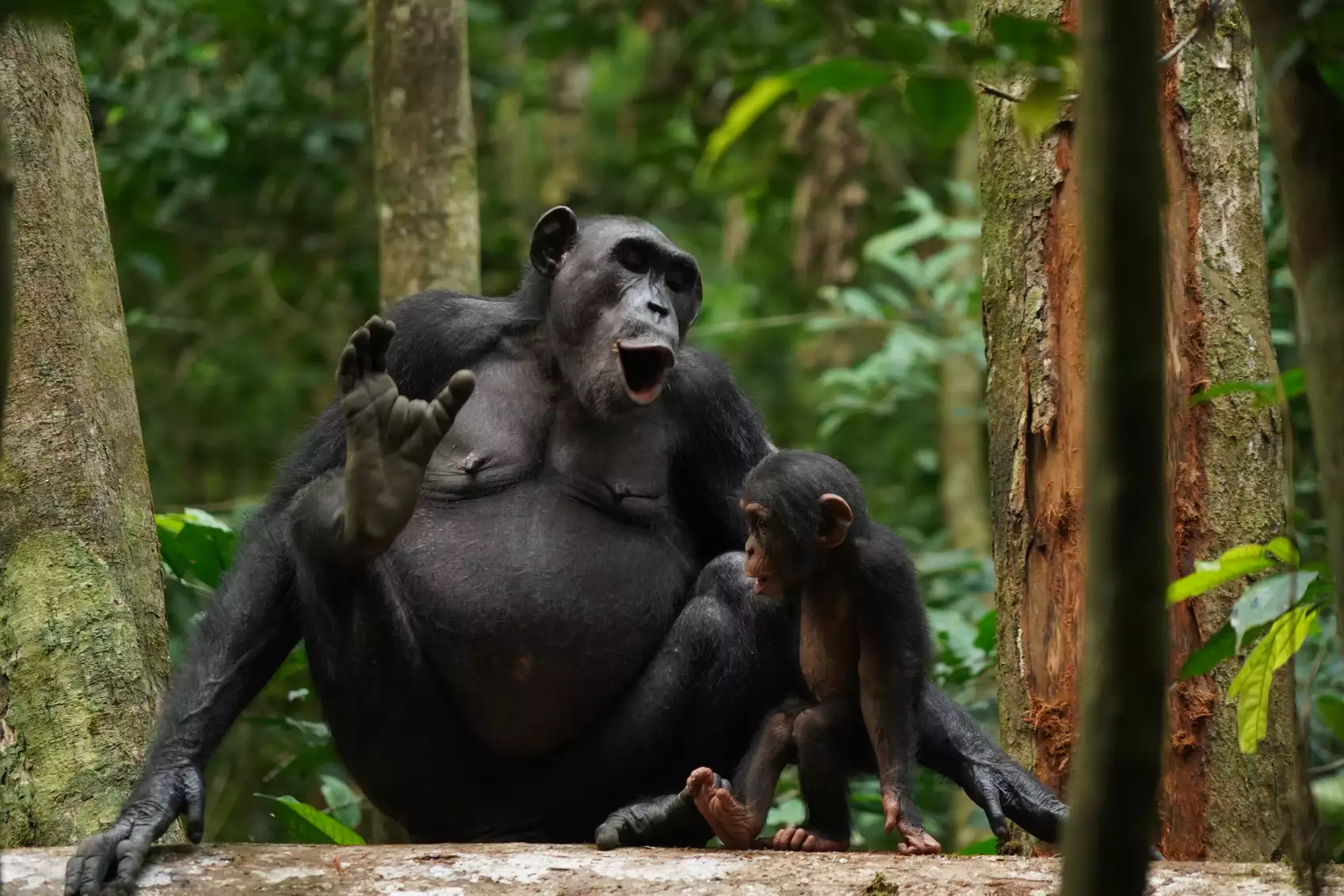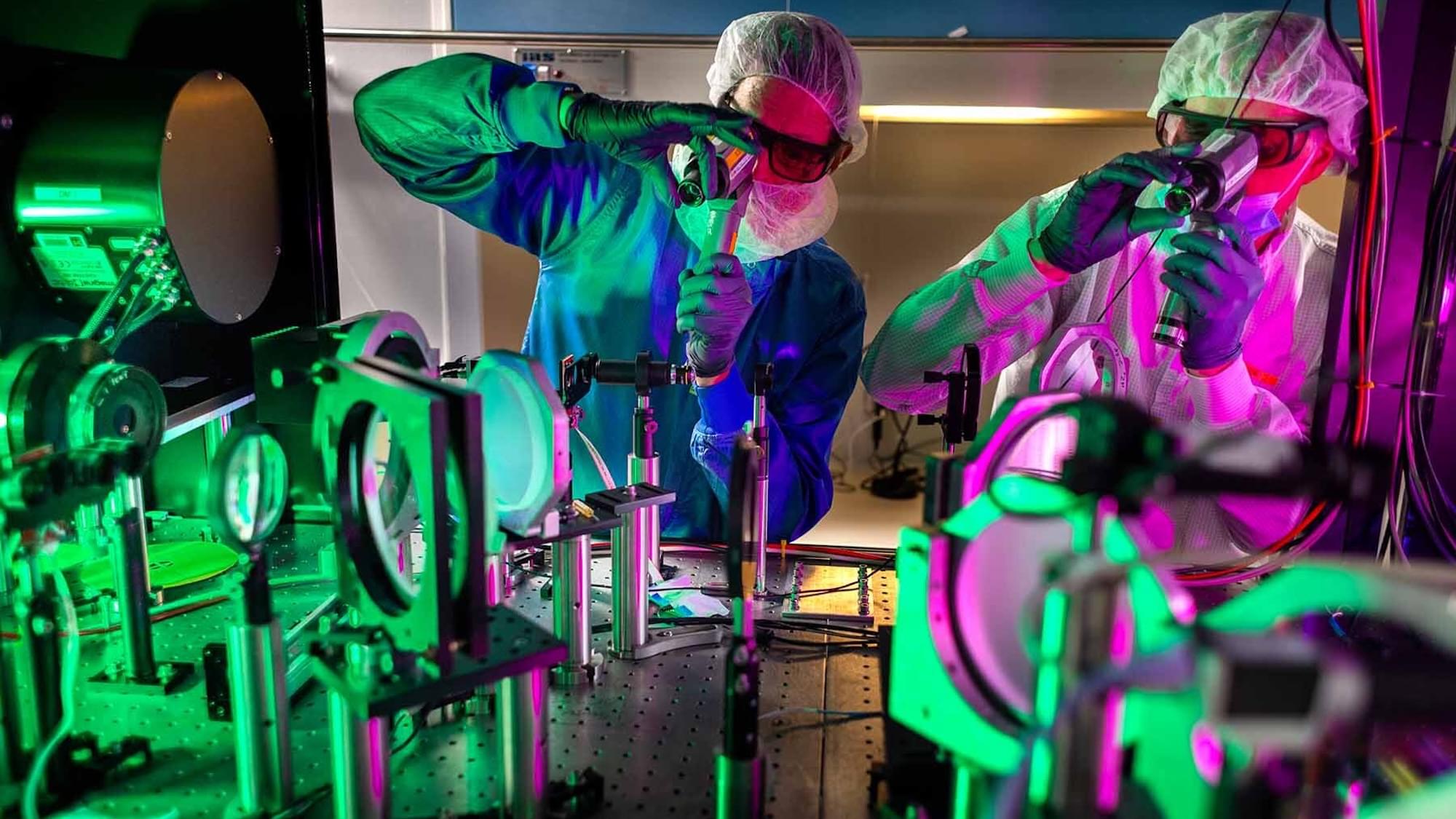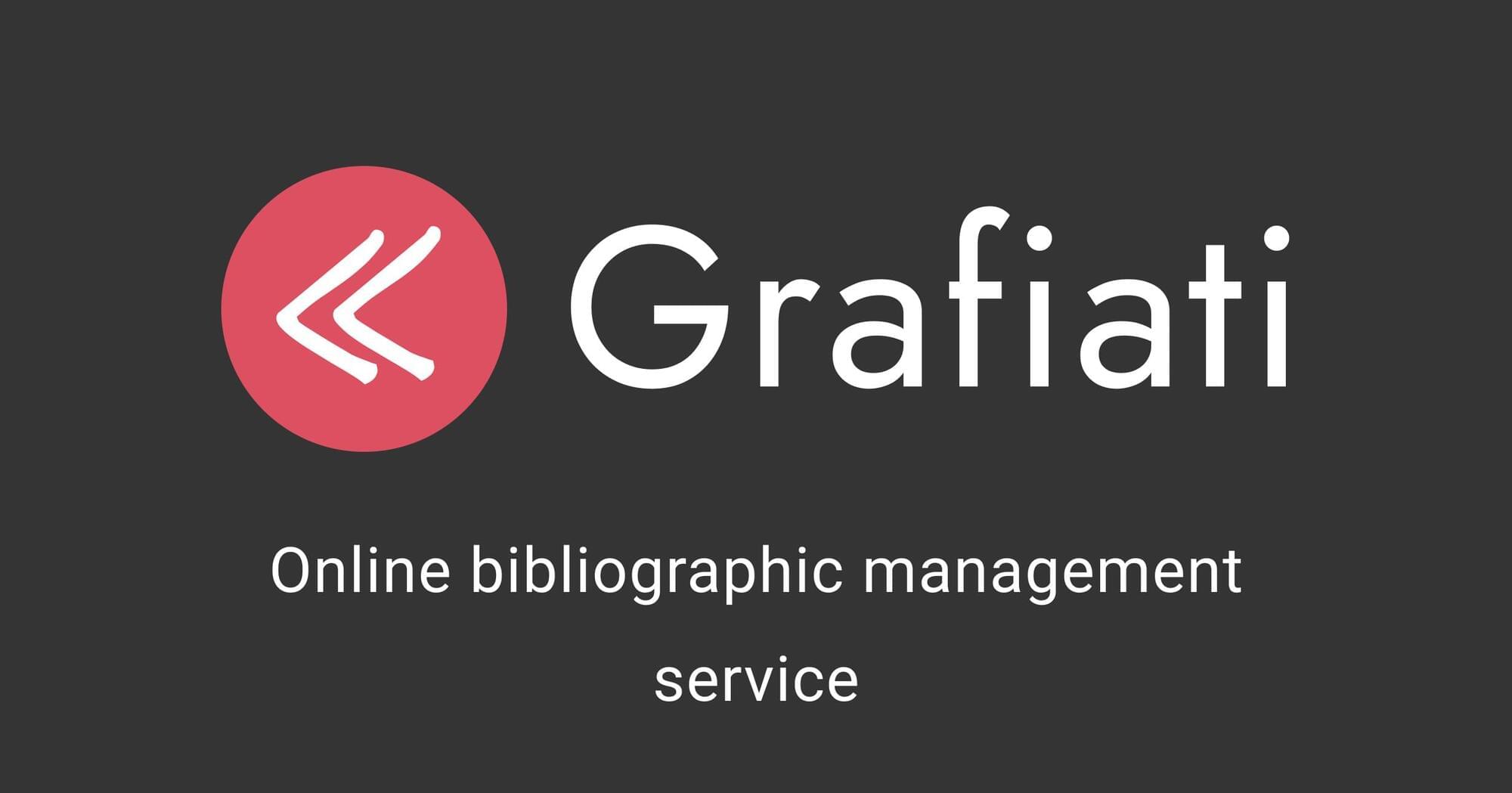Our memories may not be as reliable as we think. Once we experience an event, most of us likely assume that those memories stays intact forever. But there is the potential for memories to be altered or for completely false memories to be planted, according to Elizabeth Loftus, PhD. Loftus, a distinguished professor at the University of California, Irvine, is an expert on human memory and she discusses how our recollections of events and experiences may be subject to manipulation.
The American Psychological Association is the leading scientific and professional organization representing psychology in the United States, with more than 157,000 researchers, educators, clinicians, consultants, and students as its members.
To learn more about APA visit http://www.apa.org.
Follow APA on social media:
https://www.facebook.com/AmericanPsychologicalAssociation/
X/ Formerly Twitter.






